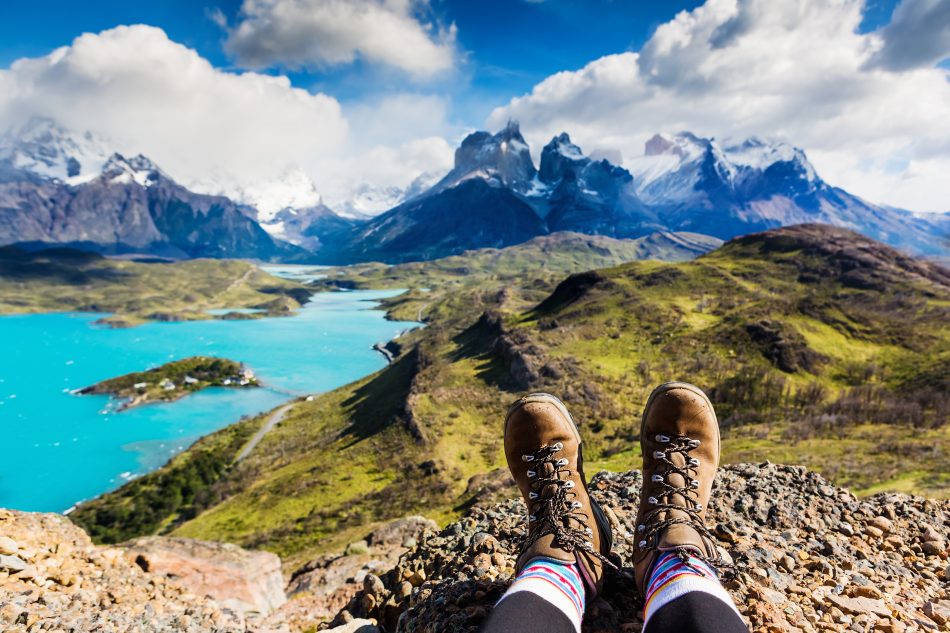Backpacking the diverse terrain of Patagonia is a bucket-list adventure for many outdoor enthusiasts, but campers may be surprised to find sites are booked out months in advance. The rise of Patagonia as a booming tourist location is in part due to the work of Kristine Tompkins and her late husband, Douglas, who, after 25 years of land acquisition, have achieved their dream of creating a vast expanse of national parks to protect Patagonia’s natural beauty while sharing it sustainably and affordably with the adventure-seeking travelers of the world.
The project, which consists of 17 national parks across Chile and Argentina, encourages local communities to create tourist services, which also function for the long term protection of South America’s diverse ecosystems. A large part of this system’s success is rooted in affordable and backpacker-friendly low impact tourism options. The Tompkins Foundation is also expanding their protected areas to take the pressure off traditionally overcrowded areas of Patagonia, such as the famous “W” hiking loop.
The total land protected is 5.75 million hectares, and the foundation has handed over a significant amount to the Chilean government in the largest public land donation ever. The impressive project demonstrates the effectiveness of conservation-based tourism and offers a blueprint for creating vacation destinations which preserve the beauty of natural spaces and give back to the land, animals, and people who inhabit them year-round.











